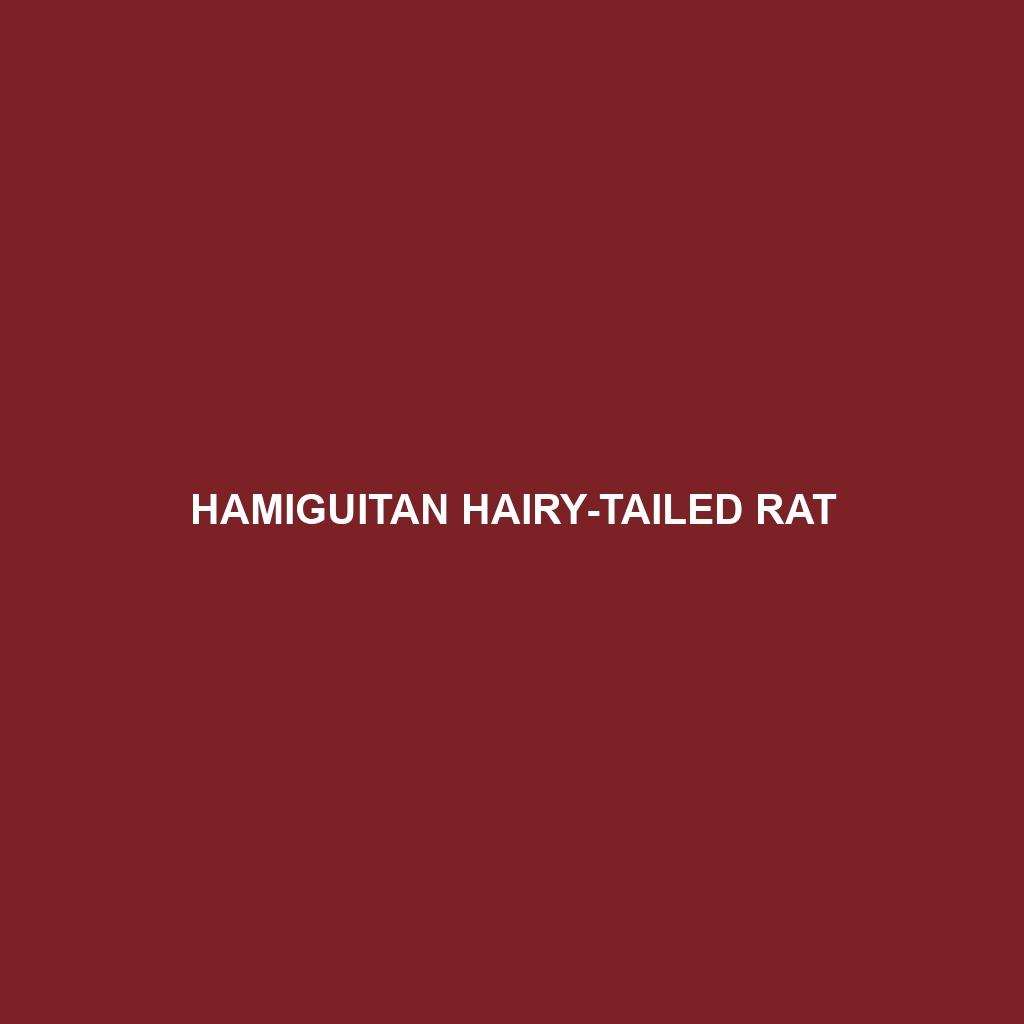Luzon White-toothed Shrew
Common Name: Luzon White-toothed Shrew
Scientific Name: Crocidura grayi
Habitat
The Luzon White-toothed Shrew is primarily found in the lush and diverse forests of Luzon, the largest island in the Philippines. This species thrives in both subtropical and tropical environments, favoring moist locations such as rainforests and mountainous regions. Its habitat is characterized by dense vegetation that provides cover and hunting grounds.
Physical Characteristics
The Luzon White-toothed Shrew is a small mammal, measuring approximately 10 to 12 centimeters in body length, with a tail length that is nearly equal to its body length. It has a distinct gray to brown fur that often appears lighter on the underside, and its most notable feature is its white, protruding teeth, which are particularly pronounced. The shrew possesses a pointed snout and small eyes, adapted for its nocturnal lifestyle.
Behavior
Active primarily during the night, the Luzon White-toothed Shrew exhibits solitary behavior, though individuals may co-exist in rich habitat regions. It is known for its quick, agile movements and a tendency to burrow into the ground or leaf litter. The shrew communicates through a series of high-pitched squeaks, particularly during mating season or when feeling threatened.
Diet
The diet of the Luzon White-toothed Shrew mainly consists of insects, worms, and other small invertebrates. It utilizes its keen sense of smell to locate prey hidden within the forest floor. With a high metabolism, this species needs to consume a significant amount of food daily, often foraging actively throughout the night.
Reproduction
The Luzon White-toothed Shrew typically breeds during the wet season, aligning its reproductive cycle with times of abundant food supply. A female can give birth to a litter of 2 to 6 offspring after a gestation period of about 3 weeks. The young are born blind and helpless, gradually becoming more independent as they mature.
Conservation Status
Currently, the Luzon White-toothed Shrew is classified as “Vulnerable” according to the IUCN Red List. Habitat loss due to deforestation and urbanization poses significant threats to its survival, highlighting the urgent need for conservation efforts to protect its natural habitats.
Interesting Facts
– The Luzon White-toothed Shrew is a key player in controlling insect populations in its native habitats.
– This species has a unique ability to secrete toxins in its saliva, allowing it to subdue prey that is larger than itself.
Role in Ecosystem
As an insectivore, the Luzon White-toothed Shrew plays a vital role in maintaining ecological balance within its forest ecosystem. By controlling insect populations, it contributes to plant health and nutrient cycling. Additionally, it serves as prey for larger predators, forming an essential part of the food web.
